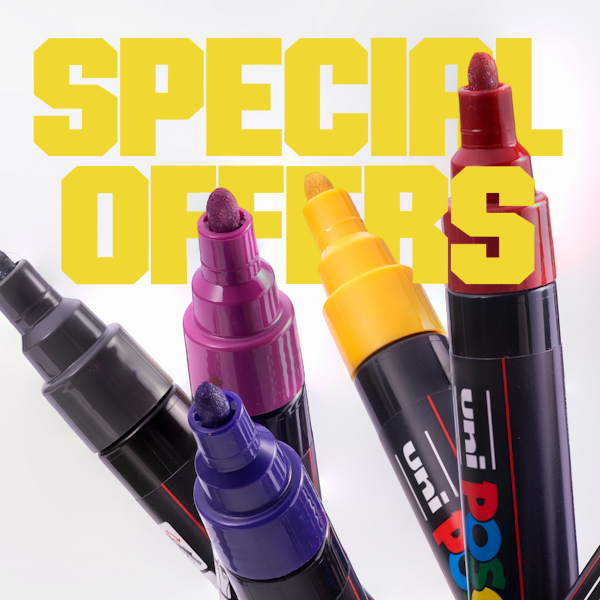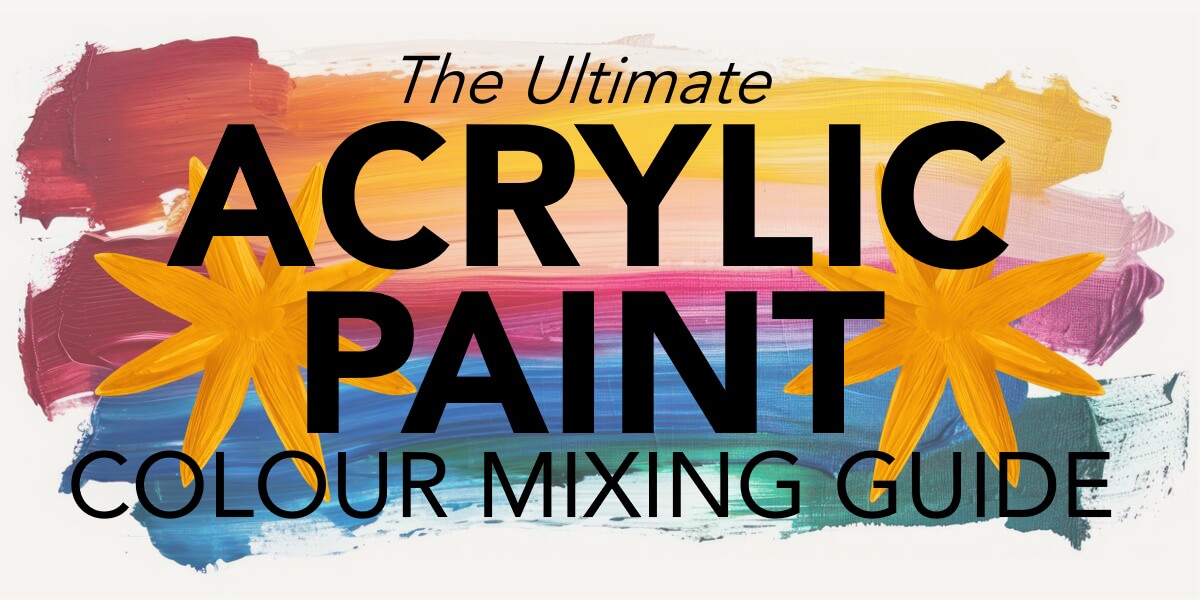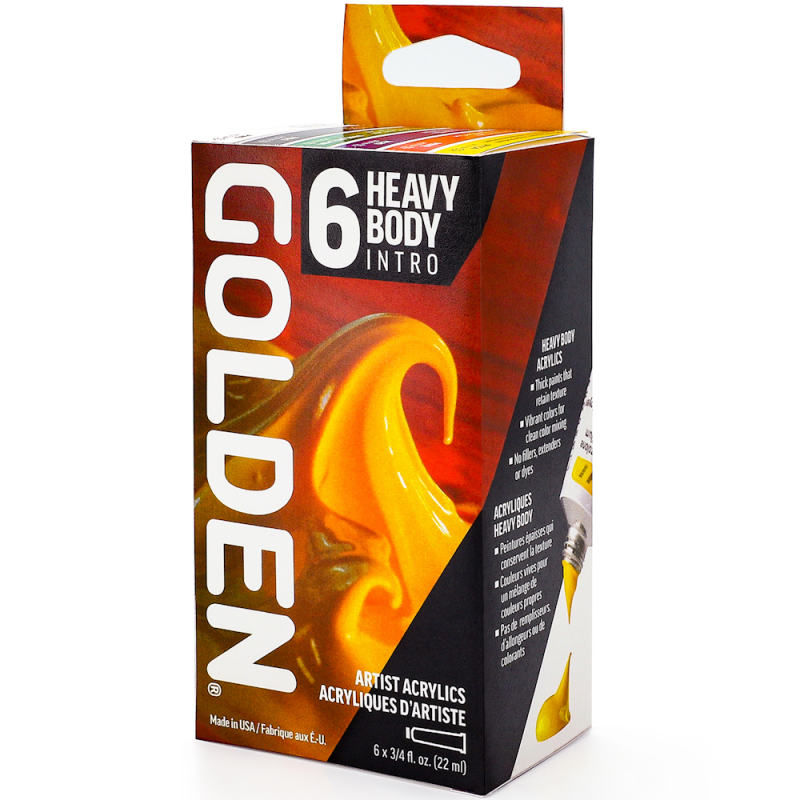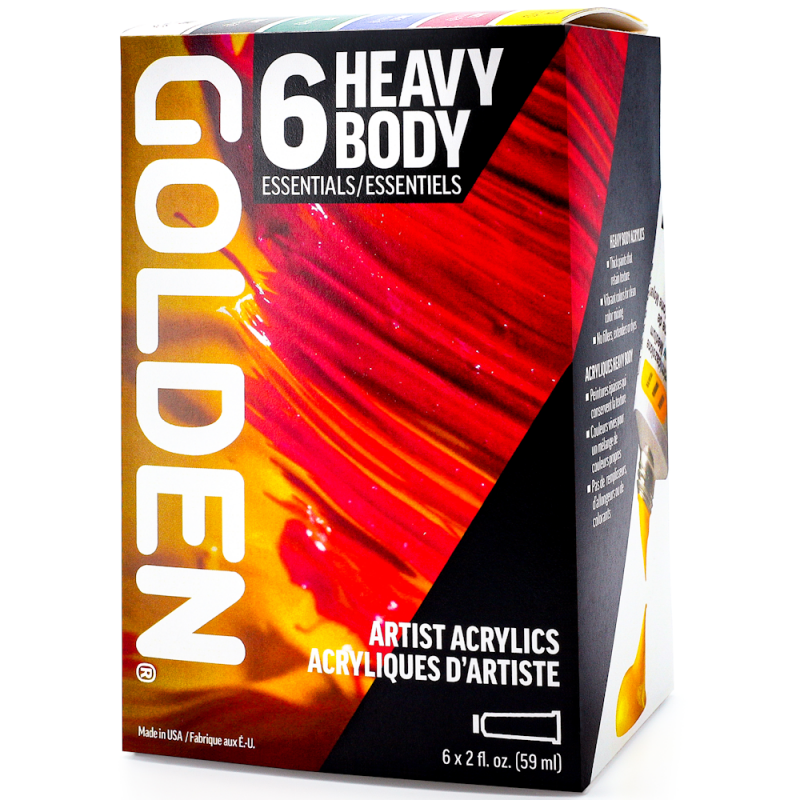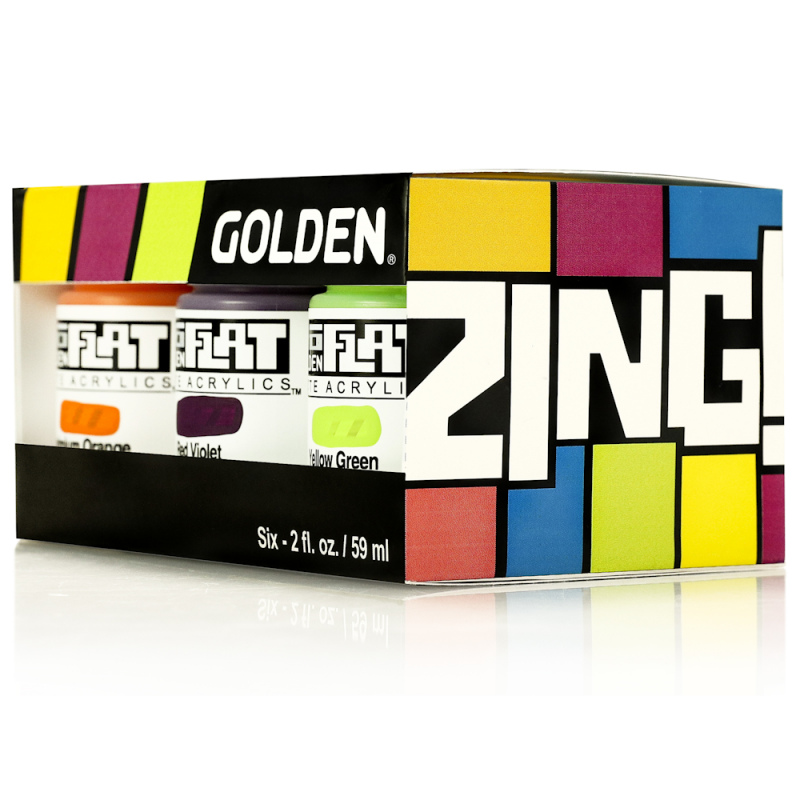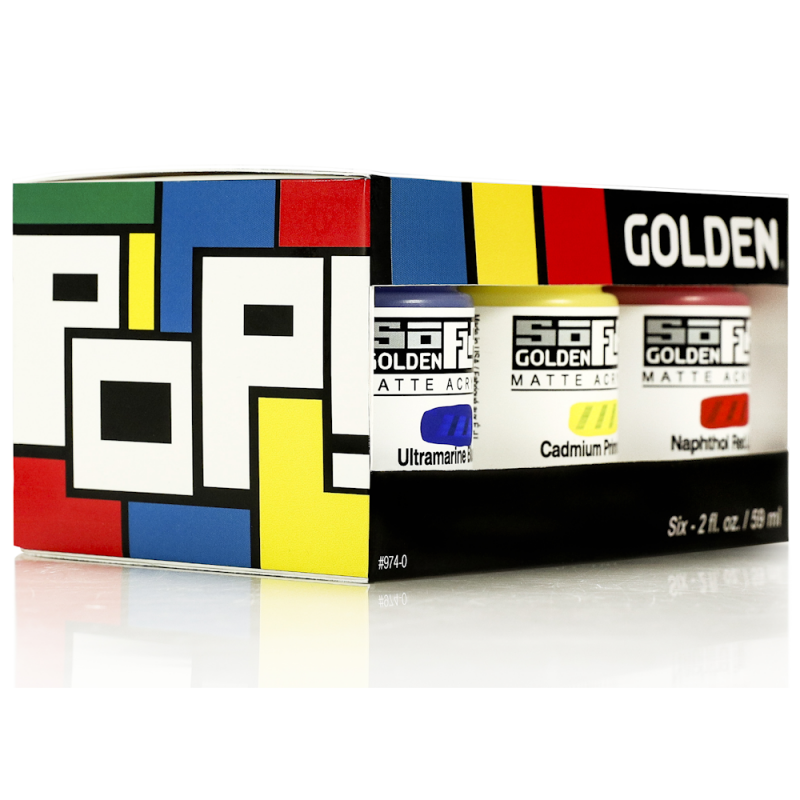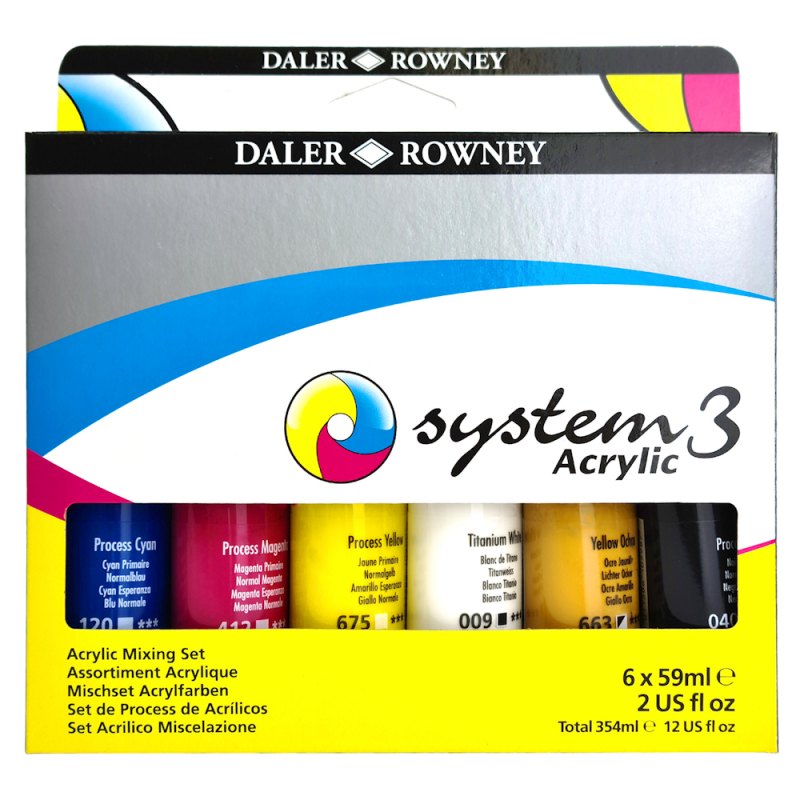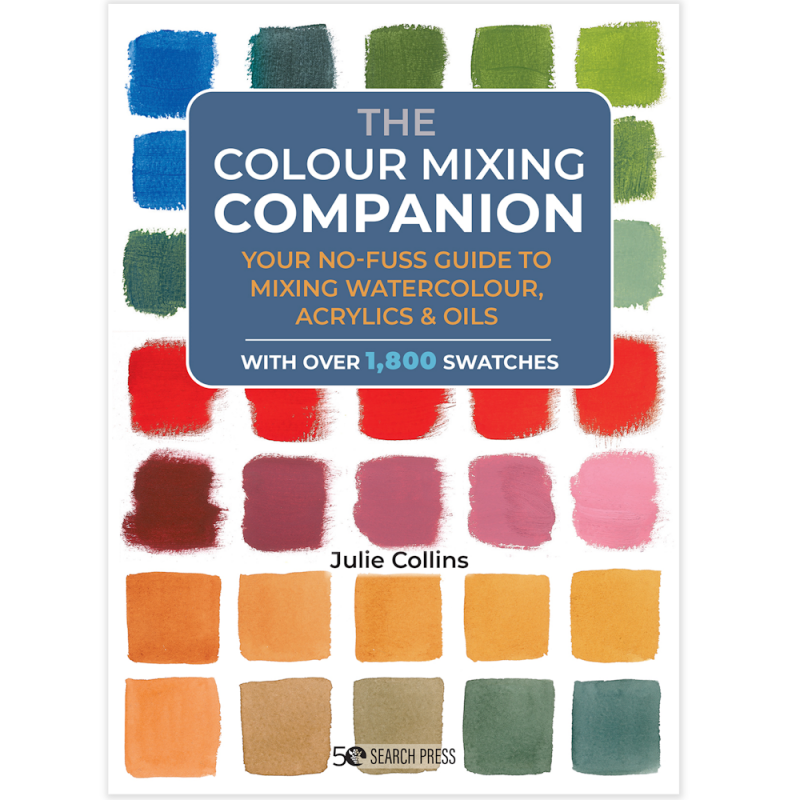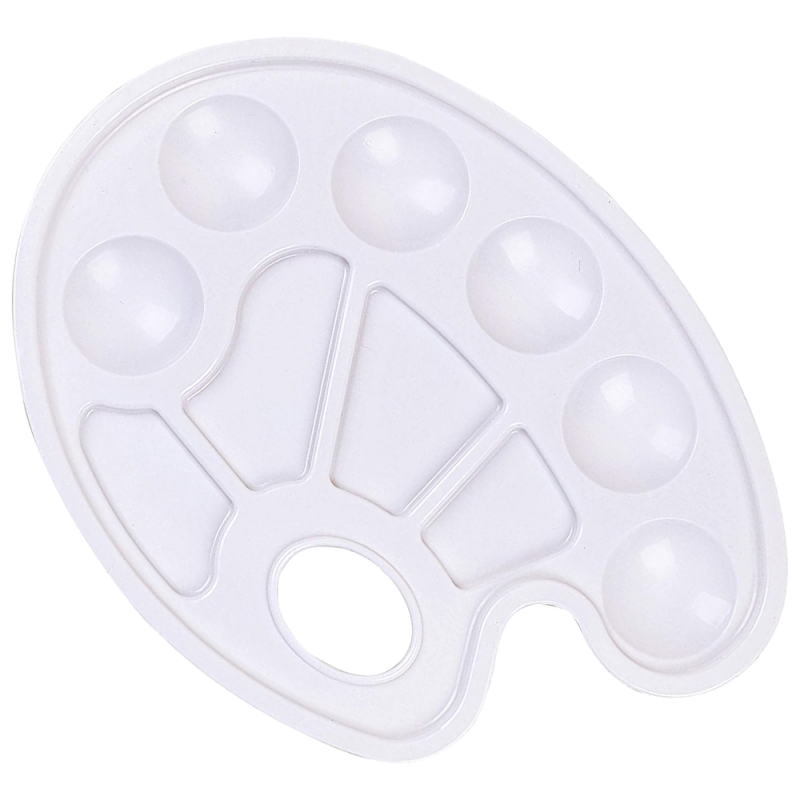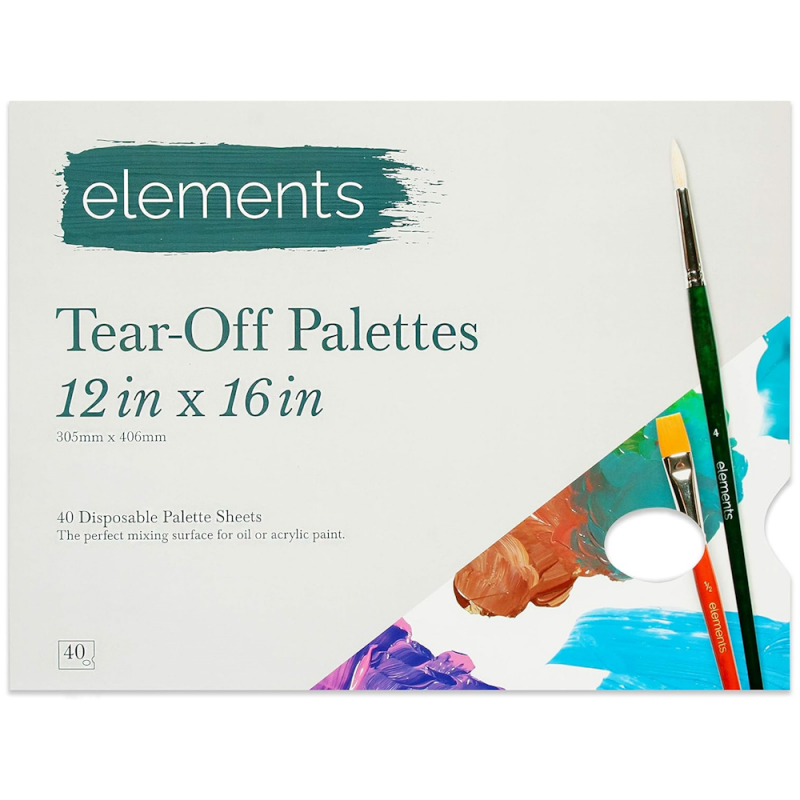The Ultimate Acrylic Paint Colour Mixing Guide
(Cheatsheet + Pro Tips)
Mixing the right tone is as essential as applying it & colour mixing is itself an artform.
Whether you’re creating landscapes, portraits, or abstract works, knowing how to blend acrylic paints and understanding colour relationships ensures you maintain full control over your palette.
In this brief guide, we’ll dip into:
- Colour theory essentials
- Simple formula “cheatsheet” mixes
- How to adjust tones (light, dark, muted)
- Creative tips and advanced tricks
Feel free to bookmark this page as a convenient, go-to reference whenever your project calls for precision, consistency, or expressive colour blending (or if you’d simply like a refresher).
Colour Theory Essentials
Acrylic paint colour mixing is where science meets imagination — the moment when pigments blend and new hues come to life. With just red, blue, and yellow, you hold the power to create every colour imaginable, from serene ocean blues to fiery sunset oranges.
The magic lies in understanding how colours interact... how a touch of white can breathe light into a shade, or a drop of complementary colour can tone down intensity for perfect balance. Acrylics dry fast and shine bold, rewarding experimentation and spontaneity. As you mix and layer, let colour theory guide your intuition, and watch your palette transform into a playground of endless creative possibilities.
Primary, Secondary & Tertiary Colours
- Primary colours (red, blue and yellow) cannot be made by mixing
- Secondary colours are formed by mixing two primaries (e.g. red + blue → purple)
- Tertiary colours come from mixing a primary with a secondary (e.g. red + purple → magenta)
TIP: Keep a colour wheel nearby to visualise harmonious and complementary relationships, it’s your roadmap to vibrant or contrasting blends.
Colour Families & Hue Variations
Think in families rather than individual colours:
- Start with a base hue
- Create lighter, darker, and muted versions
- Maintain harmony across your artwork
TIP: Record your mixes so you can replicate your favourite tones later, it’s a professional habit that pays off!
Colour Mixing Cheatsheet: Core Formulas
Here are some practical, tried-and-tested combinations to help you get started. Simply adjust ratios to find your ideal tone.
| Desired Shade | Base Hues | Tips & Adjustments |
|---|---|---|
| Orange | Red + Yellow | Add more yellow for lighter orange; more red for burnt tones |
| Green | Blue + Yellow | More blue for teal tones; more yellow for chartreuse |
| Purple | Red + Blue | Use a cool red or violet for richer purples; avoid too much black |
| Brown / Earth Tones | Red + Yellow + Blue (small amount) | Use complementary hints or burnt umber to mute |
| Muted / Grey Tone | Add the complementary colour (e.g. red + green) | Desaturates without dulling completely |
| Pastel / Light Tone | Base Hue + White | Use small amounts of white to maintain vibrancy |
TIP: Always mix gradually, small pigment adjustments make big differences.
Adjusting Light, Dark & Saturation
Lightening
Use white to lighten tones, but sparingly — it can cool and flatten colour if overused. Build up gradually.
Darkening
Instead of black, try:
- Deep blue or burnt umber / burnt sienna for depth
- Complementary colours (e.g. blue + orange) for natural shading
This approach keeps colour richness intact and prevents muddy results.
Muting / Desaturating
- Mix with a complementary colour to tone down intensity
- Add a touch of earth tone (brown or grey) to soften brightness
- Layer with glazing medium for translucent, muted effects
Pro Tips & Best Practices
- Test mixes on scrap paper or canvas before committing
- Record your ratios — even vague notes help with consistency
- Mix in small increments to maintain control
- Use a palette knife for smoother, more even colour blends
- Store leftover mixes in airtight containers
- Limit your palette to 6–8 colours for harmony and clarity
- A restricted palette not only prevents muddy results — it also strengthens your colour sense.
Frequently Asked Questions: Acrylic Paint Colour Mixing
Q1. What colours make brown in acrylic paint?
Brown is created by mixing all three primary colours (red, yellow and blue) in varying ratios. For a warmer brown, increase the red & yellow; for a cooler tone, add more blue. You can also mute bright colours using their complementary pair (e.g. red + green).
Q2. How can I prevent muddy colours when mixing acrylics?
Avoid over-mixing and limit your palette to a few compatible hues. Always mix gradually, adding small amounts of colour at a time. Using a palette knife instead of a brush also helps maintain clarity, preventing unintended blending.
Q3. What’s the best white paint for mixing acrylics?
Titanium White is the most common for general mixing as it’s opacity produces clean pastel tones. Zinc White is more transparent and ideal for subtle highlights or glazing techniques. Both can be combined for balance.
Q4. Why do some mixes turn dull instead of vibrant?
Colours can dull if you combine hues with different undertones (e.g. a warm red with a cool blue). Stick to either all warm or all cool tones for vibrancy, and use complementary colours sparingly to desaturate only when intentional.
Q5. Can I mix acrylics with mediums to change consistency or finish?
Yes. Adopting an acrylic medium helps adjust drying time, texture, or transparency without compromising colour quality. For instance, to enjoy smoother blends, trying using a medium like the Galeria Flow Improver from Winsor & Newton, or Flow Aid from Liquitex.
Final Thoughts & Where to Find Quality Materials
Understanding how colours interact transforms the way you paint & even better, the more you experiment, the more instinctive your choices will become. As with all things, practice makes perfect, after all.
Ready to mix it up? Explore our full range of acrylic paints, mediums, palettes & mixing tools to get started now!




















